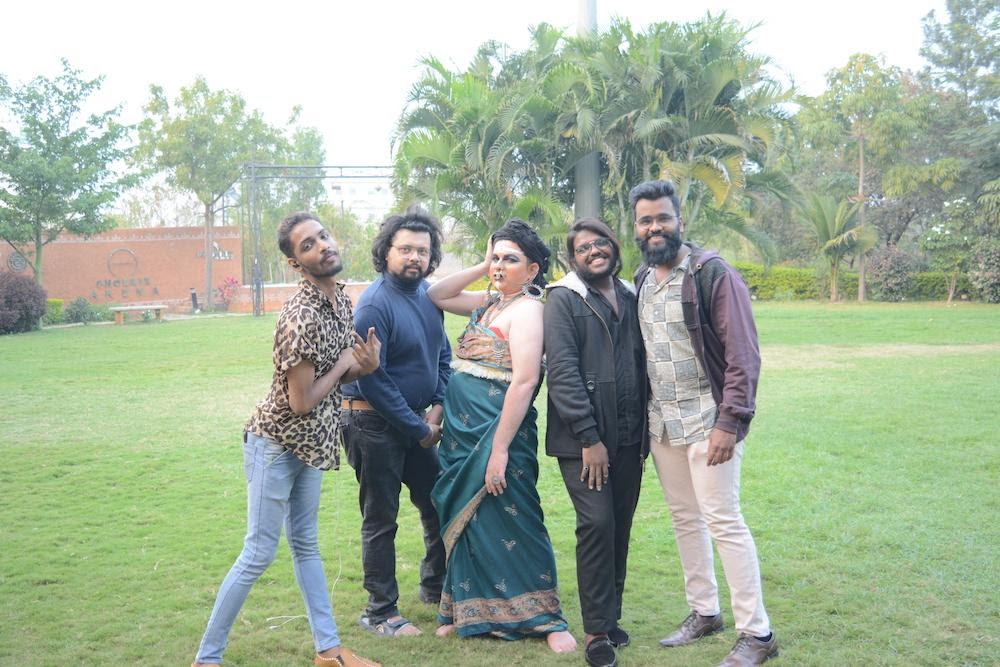Reimagining Heroines of Rabindranath Tagore, with Drag
'I felt to place myself as Chitrangada and climb up trees and rocks'
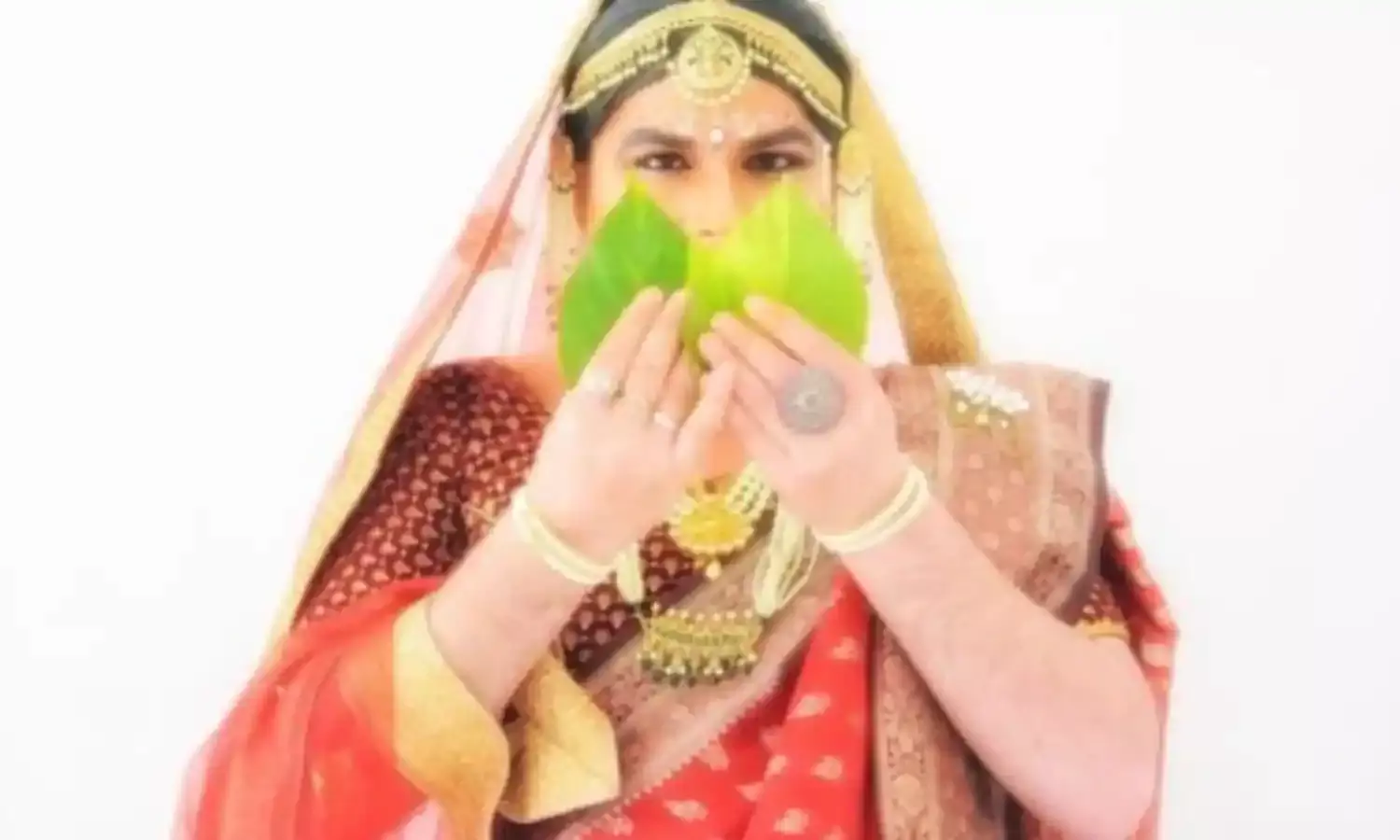
An evening while sipping a lebu cha with two samosas, in my early college days when I see the name ‘Chandalika’, a play written by Rabindranath Tagore listed to be premiered the very next day. I force a couple of friends who manage to get the tickets and watched the entire show. That was the very first time I was introduced to the Heroines of Rabindranath Tagore.
It was a little amusing to be a south Indian Telegu kid in love with Tagore’s Bengali literature. Half my life has been spent in Bengal since I was born, and was accustomed to so much inward culture by travelling to corners of the state, that I still joke around with friends that I am a converted Bengali if something like that is real.
Having said that, Tagore’s musicals and his characterisations of women in these twisted plots indeed made be relatable. I would watch these plays and feel like it was my story, my genderfluid self would always try to relate to these heroines’ gender complex.
As time passed, I was introduced to many such characters. But two which prompted me to question the structure of Gender were Potrolekha from Tasher Desh [Nation of Cards] and Chitrangada from Chitrangada. It may be because they were adapted by two diverse Bengali filmmakers into feature films, which are out of complex language barriers.
One of the most impactful characterisations was by Q, also known as Kaushik Mukherjee, who made Tasher Desh: the Land of Cards. This movie ungendered the idea of Potrolekha, the guru or messenger who drives the entire stories; the character’s gender disconformity was an inspiration I wanted to adapt and create art of my own.
A few years later, my friend Aniket Shah, a celebrity stylist who was redundant to see my anti-beauty tranimal drag, asked me for a photo project depicting strong women. That was when I tried to pitch the idea to recreate these images of Potrolekha and Chitrangada with Drag. The idea was to gender-bend both of these characters to dismiss the gender attitude.
Soon we were up for collaboration with the fashion label Renusaa by Saikumar & Rehan and makeup artist Sunny Vaibhav. Another friend Anindya Biswas joined hands to photograph the project and set with the theme.
Till then I had an assumption that drag is a solo play, but seeing different individuals coming together to create one art was something which made the project, even more, closer to heart. We all agreed to make this project our own. Aniket, the project lead wanted to make Potrolekha a newlywed woman, mixing the character Potrolekha from Tasher Desh with Potrolekha the poem by Rabindranath Tagore.
The first image was a rediscovery of the thought that “Why can’t Men be the bride?” where I was dressed up like a bride ready to be wedded.
Anindya, who was clicking the photographs, had to rebuild the backdrop story, of a genderfluid Potrolekha who is shy and timid advising her new husband to go and explore the other side of the world, which can also mean to explore more possibilities of sexuality and sensuality within. Then she waits for her husband to return.
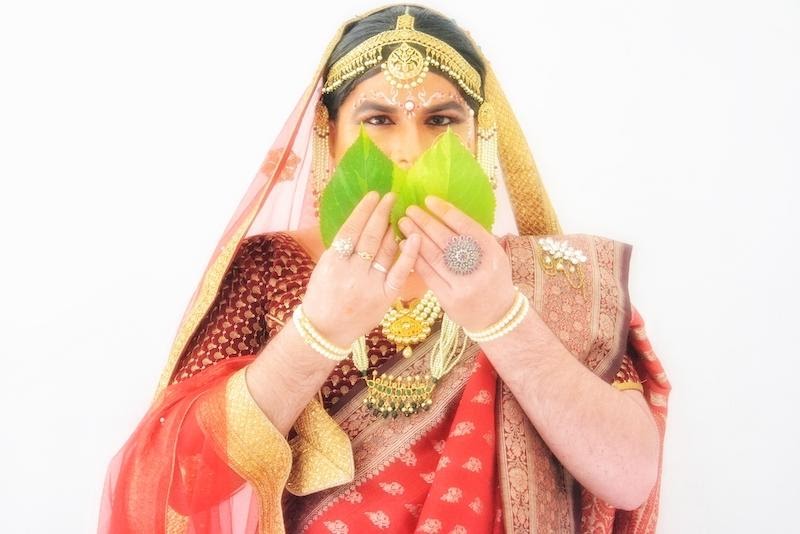
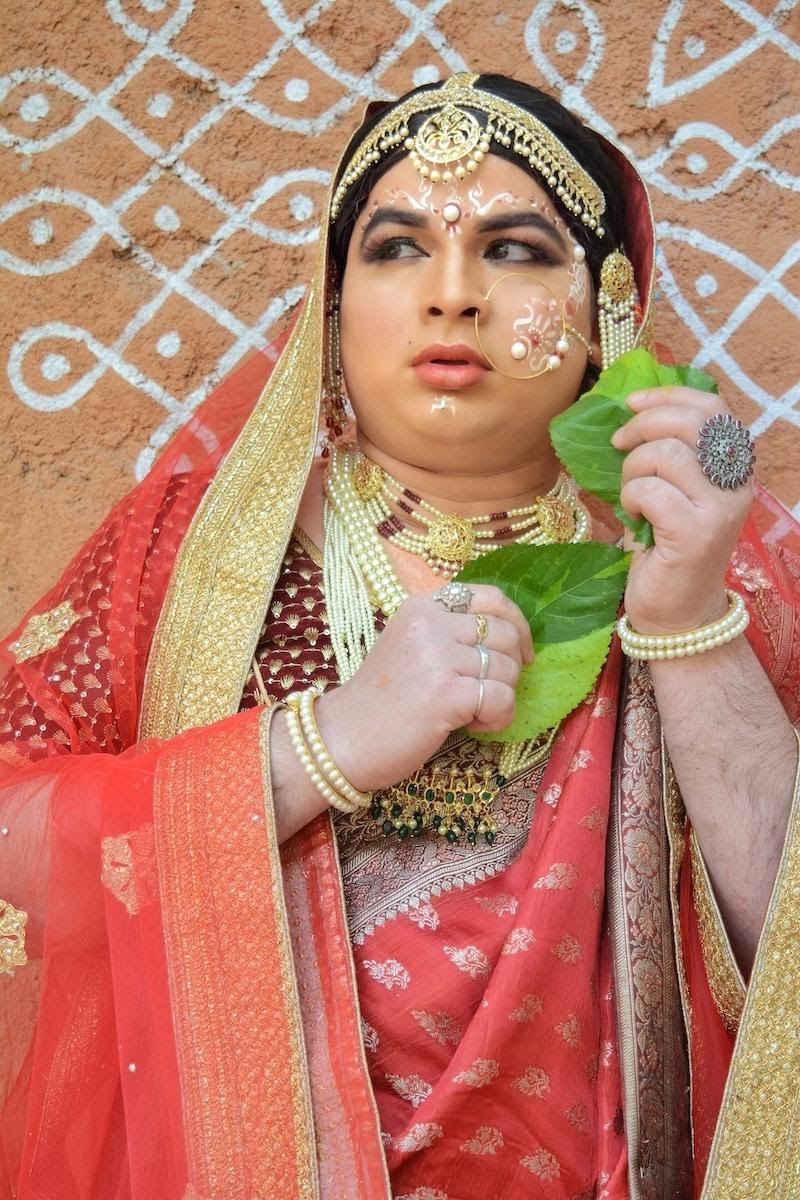
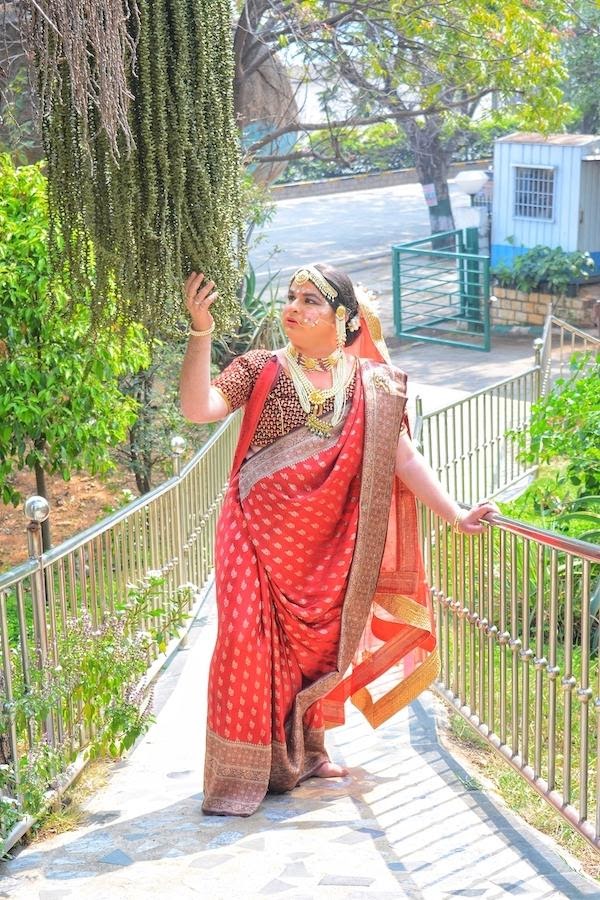
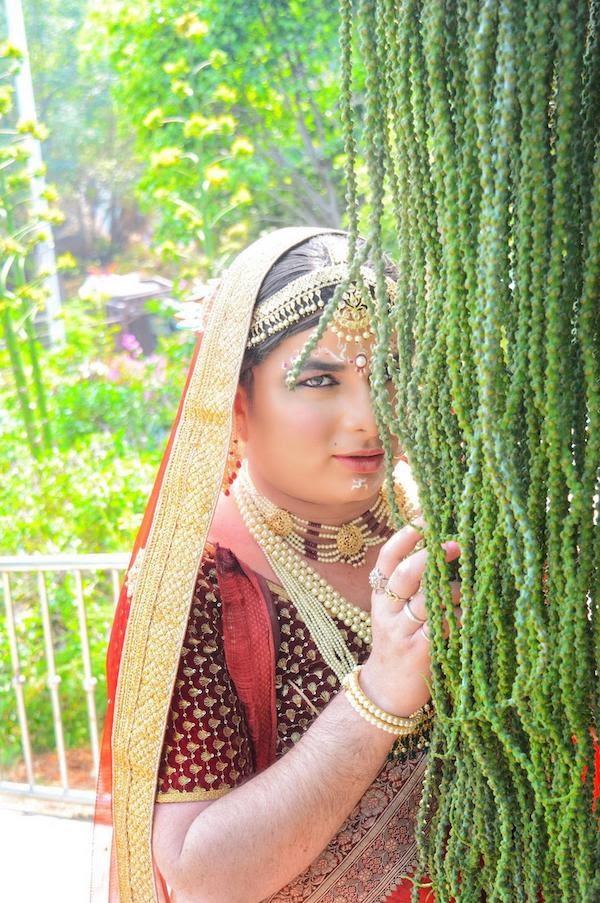
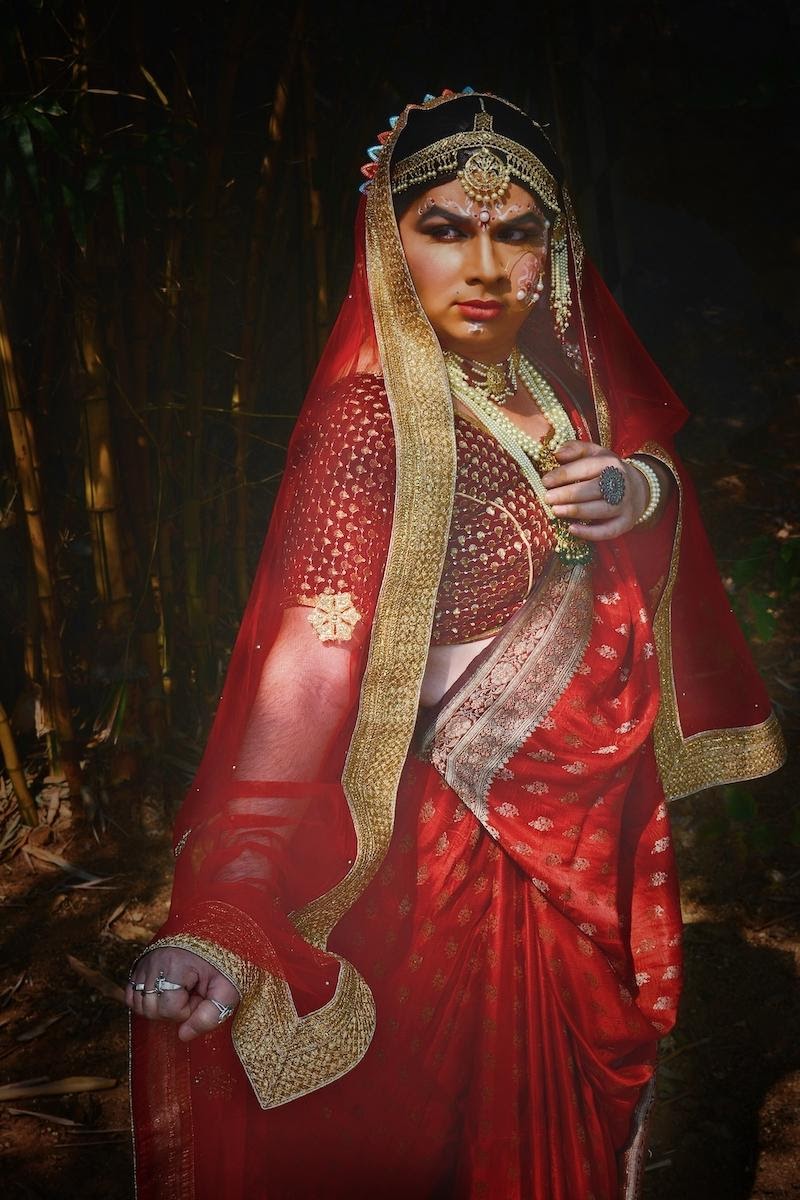
The costuming by Saikumar and Rehan was a fusion of traditional Bengali bride with a wonderful silk sari complimenting the character. Aniket added his apparel from the flirt diamond wedding collection which uplifted the personality. The face was painted by Sunny Vaibhav who bought a balance between the Mystical and real Potrolekha.
The second character we wanted to explore was Chitrangada. Tagore puts Chitrangada on the spot to explore and deal with her gender neutrality. The queen of Manipur who was raised as a king falls in love with Arjun and then realises her feminity. The gender aspect of this was something which made us pick it as our second muse. We bought inspirations from the movie by Rituporna Gosh, Chitrangada: the Crowning Wish where we wanted to gender blend both masculinity and feminity.
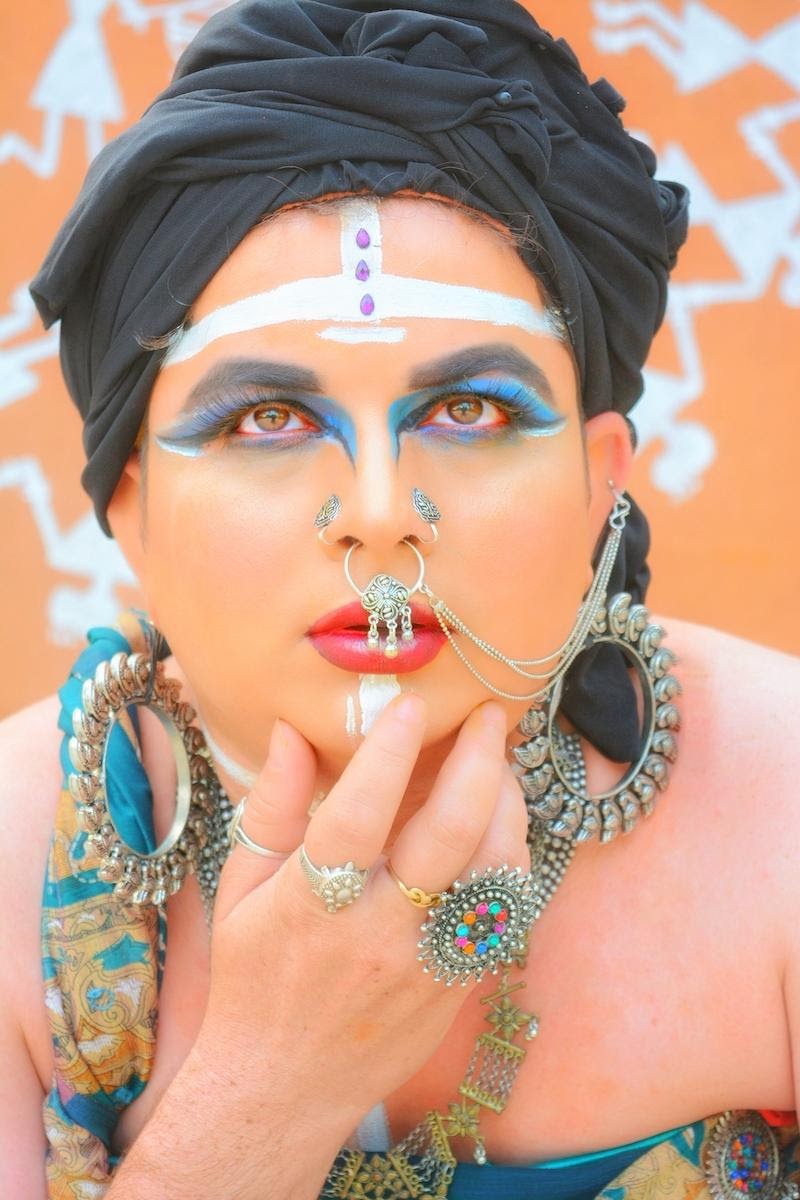
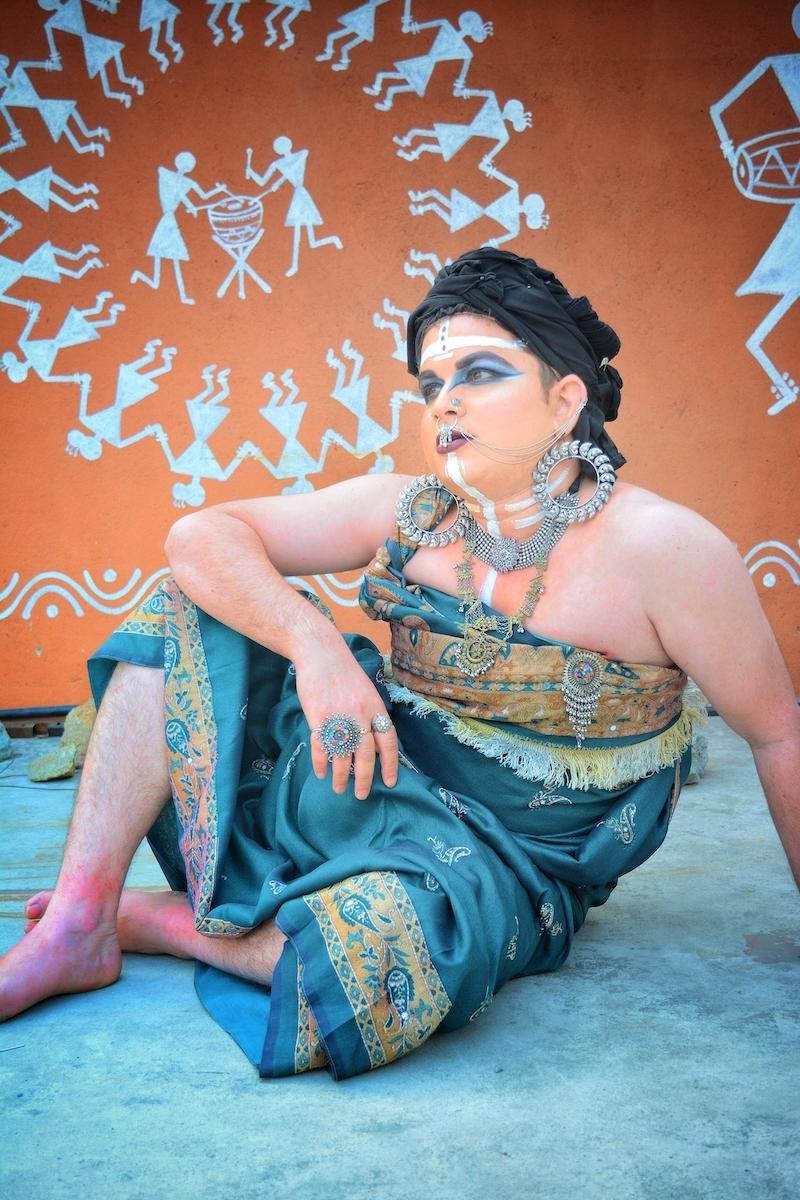
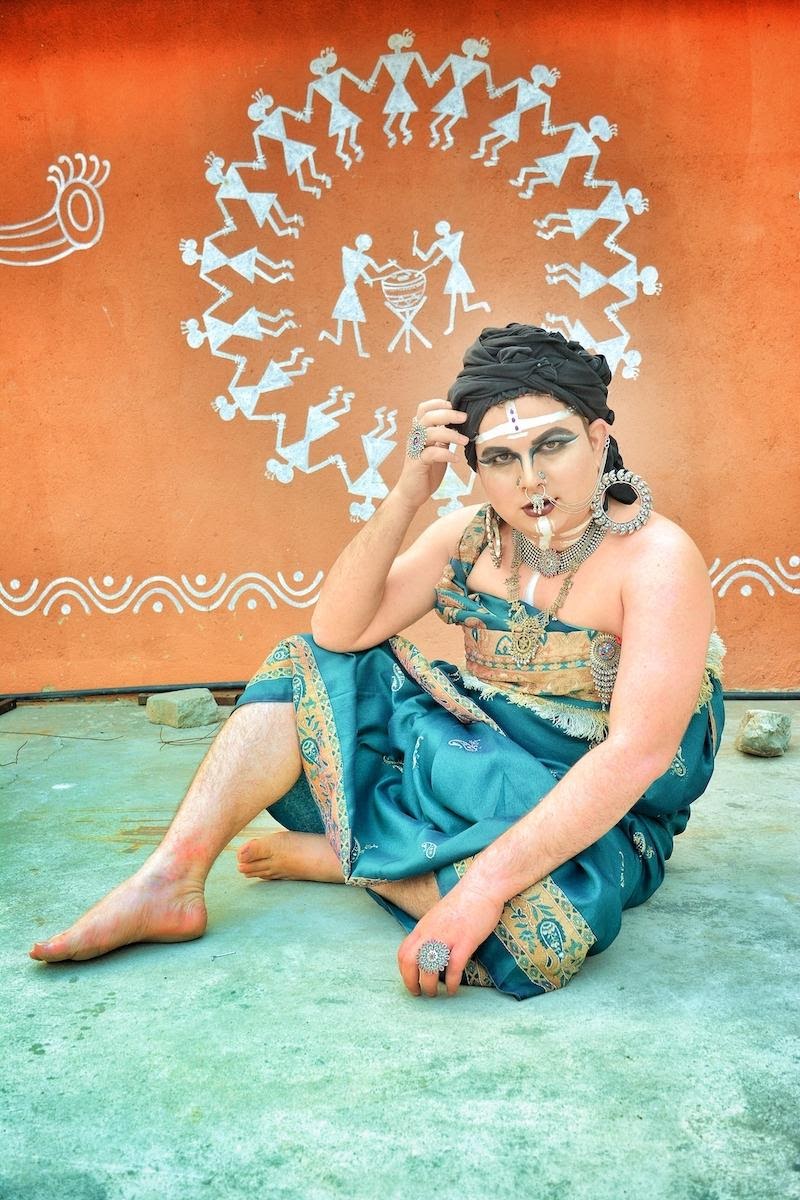
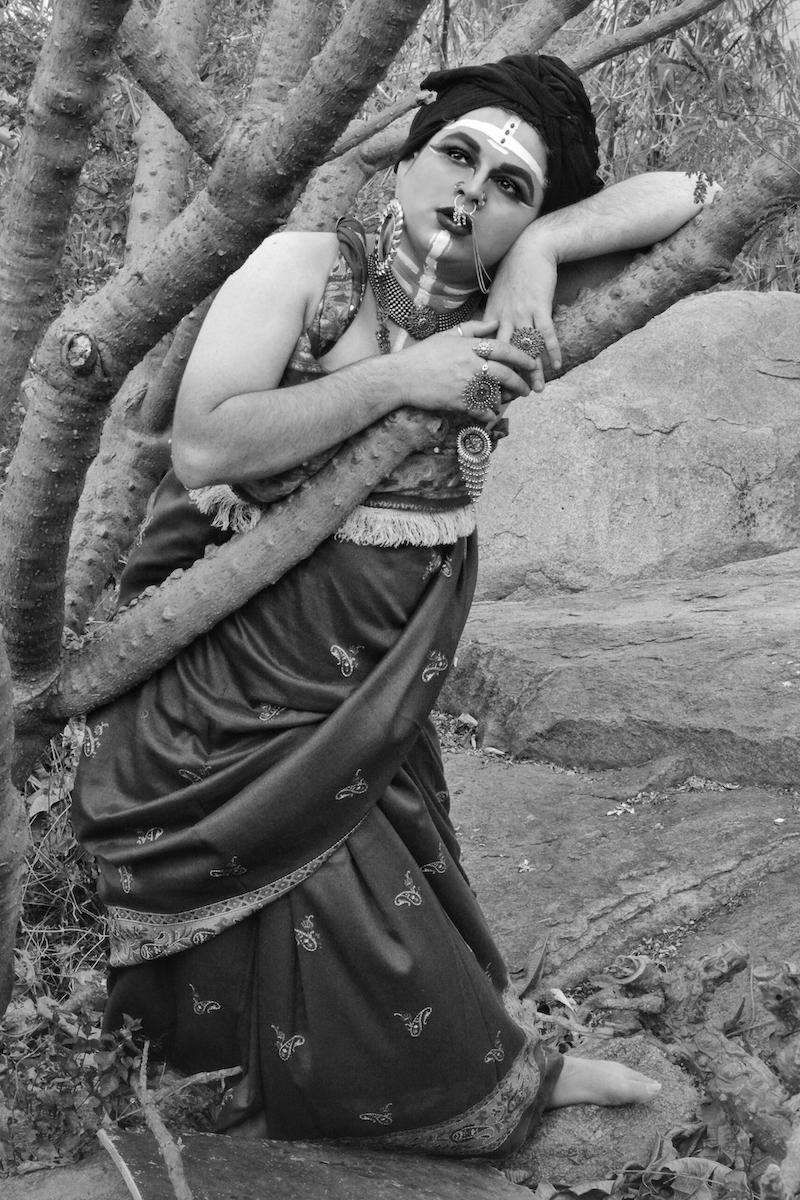
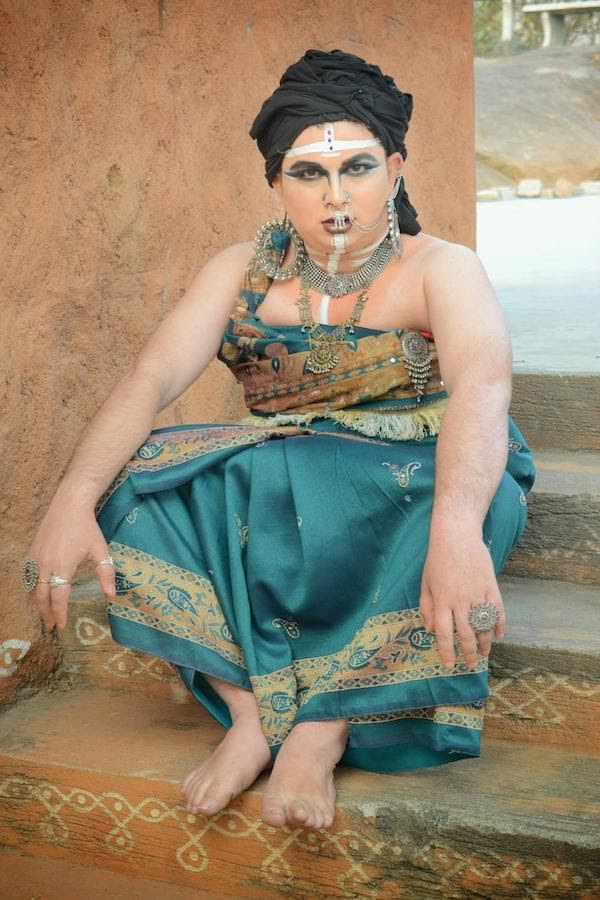
Aniket came up with the image of depicting Chitrangada as a tribal queen and showcasing her masculinity as tribal attire. Usually tribal wears are gender fluid in themselves and hence we wanted to source the look on that. Saikumar and Rehan created an indifferent fusion tribal look with a green sari draped in Kohima fashion. Flirt diamonds oxidised jewellery added more nuances to the look, and an over the top face makeover by Sunny Vaibhav makes the disgender context pop up.
I felt to place myself as Chitrangada and climb up trees and rocks. These photos were choreographed by Anindya to reflect a balanced approach to the idea of drag and the Indianness of the characters.
It took us more than five hours to create these imageries. I felt for the very first time that I realised that drag is a collaboration of multiple people. Each of us was able to vent out the suffocation and art restriction Covid had placed us in through this project. It took a diverse team of five people representing people from sexuality, gender identity and physical disability to bring Rabindranath Tagore’s Heroins to a human form.
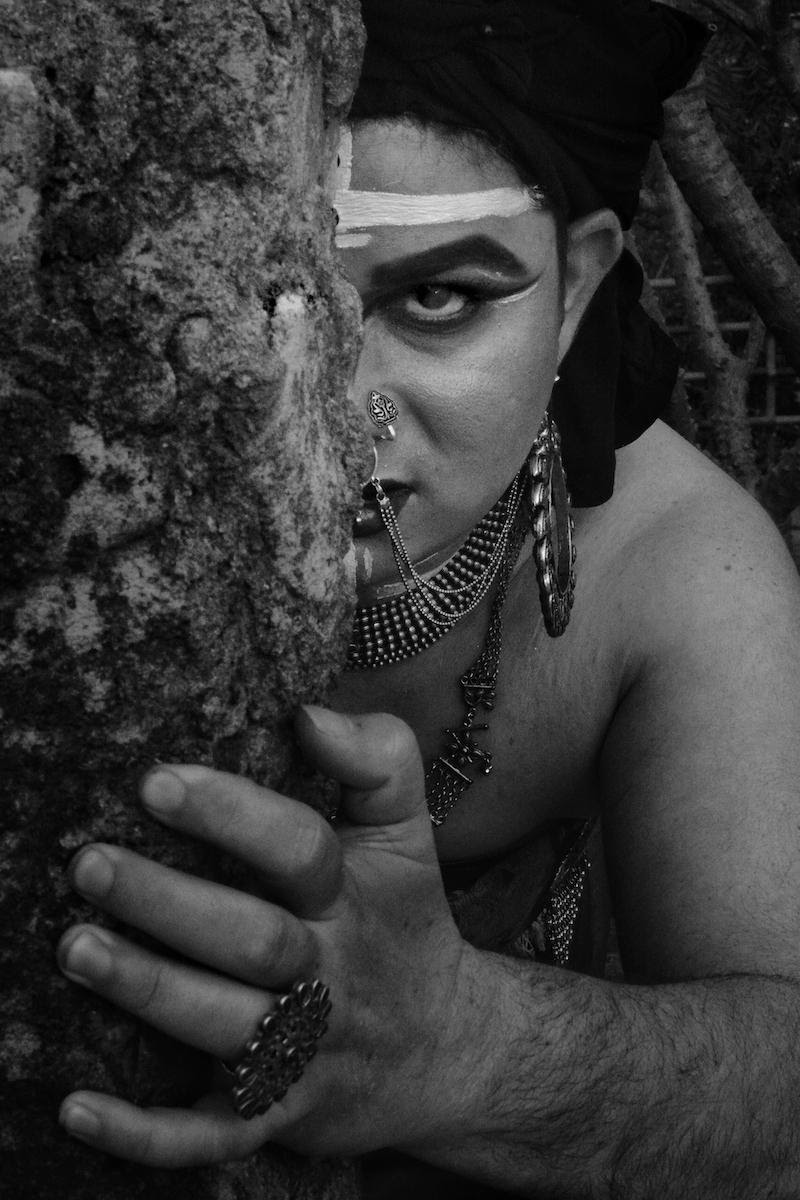
Photography : Anindya Biswas (@potraittosimple)
Stylings and concept : Aniket Shah (@flirtdiamond)
Fashion design : Saikumar and Rehan (@Renu_saa7)
Make up : Sunny Vaibhav (@mua_sunny_vaibh)
Model and drag artist : Patruni Chidananda Sastry (@sas3dancingfeet)
